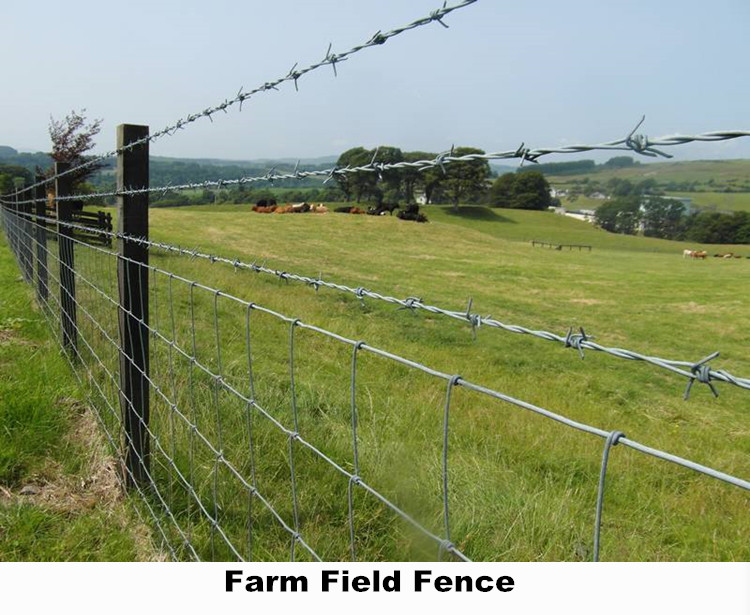Oct . 11, 2024 09:04 Back to list
architectural expanded metal mesh
Architectural Expanded Metal Mesh Versatility in Design and Functionality
Architectural expanded metal mesh has emerged as a vital material in modern design, offering a unique blend of aesthetic appeal and functional versatility. This innovative building material is made by taking a sheet of metal and simultaneously slitting and stretching it, creating a mesh-like pattern. This process not only enhances the metal’s strength but also allows for a wide array of applications in architecture, construction, and interior design.
One of the primary advantages of architectural expanded metal mesh is its lightweight nature. This quality makes it an ideal choice for a variety of architectural projects where minimizing weight is a critical factor. For example, in facades, bridges, and canopies, expanded metal mesh can provide structural support without adding unnecessary weight to the overall building. Architects often use this material to create dynamic shapes and forms that contribute to the visual interest of a structure while ensuring safety and durability.
The design possibilities with expanded metal mesh are virtually limitless. Available in various patterns, sizes, and materials, architects and designers can select meshes that align with their creative vision. From intricate geometric patterns to larger, more open designs, the customization options enable unique applications in both exterior and interior spaces. The ability to manipulate the size of the openings allows for the control of light, air circulation, and privacy, making it an adaptive solution for diverse structural needs.
In addition to its aesthetic contributions, architectural expanded metal mesh promotes sustainability. Its production process typically generates less waste compared to other materials, and since it's often made from recyclable metals, it supports environmentally conscious construction practices. Moreover, due to its durability, buildings equipped with expanded metal features can reduce the need for frequent replacements or repairs, further supporting sustainable development.
architectural expanded metal mesh

Another significant benefit of expanded metal mesh is its role in enhancing safety and security. When used in fencing, balustrades, or protective enclosures, it provides visibility while ensuring that potential hazards are kept at bay. This attribute makes it an excellent choice for spaces that require oversight without compromising on the feeling of openness.
Architectural expanded metal mesh also performs well in various environmental conditions. It’s resistant to corrosion and environmental wear, making it suitable for outdoor installations where exposure to the elements is inevitable. Its robustness ensures that it can maintain its aesthetic appeal and functionality over time, contributing to the long-term value of the projects in which it is used.
In urban settings, expanded metal mesh can contribute to the creation of green spaces. By incorporating it in trellises and shade structures, it allows climbing plants to flourish while providing necessary support. This synergy between architecture and nature not only enhances the beauty of public and private spaces but also promotes ecological benefits.
In conclusion, architectural expanded metal mesh stands out as a transformative material that meets various aesthetic and functional demands in contemporary architecture. Its versatility, sustainability, and strength make it an attractive option for architects and designers looking to create innovative and enduring spaces. As we advance into the future, looks to innovative building solutions like expanded metal mesh to redefine our urban landscapes and environmental interactions.
-
Hop Dipped Galvanized/PVC Coated Temporary Fence - Anping County Xingzhi Metal Wiremesh Products Co., Ltd.|Temporary Fencing Solutions, Durable Security Products
NewsJul.30,2025
-
Hop Dipped Galvanized/PVC Coated Temporary Fence-Anping Xingzhi|Durability&Cost-Effective
NewsJul.30,2025
-
Hop-Dipped Galvanized PVC Fence - Anping Xingzhi | Durable, Quick Deployment
NewsJul.30,2025
-
Hop Dipped Galvanized/PVC Coated Temporary Fence - Anping County Xingzhi|Temporary Fencing, Durable Security, Customization
NewsJul.30,2025
-
Hop Dipped Galvanized PVC Coated Temporary Fences - Anping County Xingzhi|Durable Corrosion Resistance, Quick Installation
NewsJul.30,2025
-
Hop Dipped Galvanized / PVC Coated Temporary Fence - Anping County Xingzhi Metal Wiremesh Products Co., Ltd|Durable Temporary Fencing&Versatile Applications
NewsJul.30,2025



